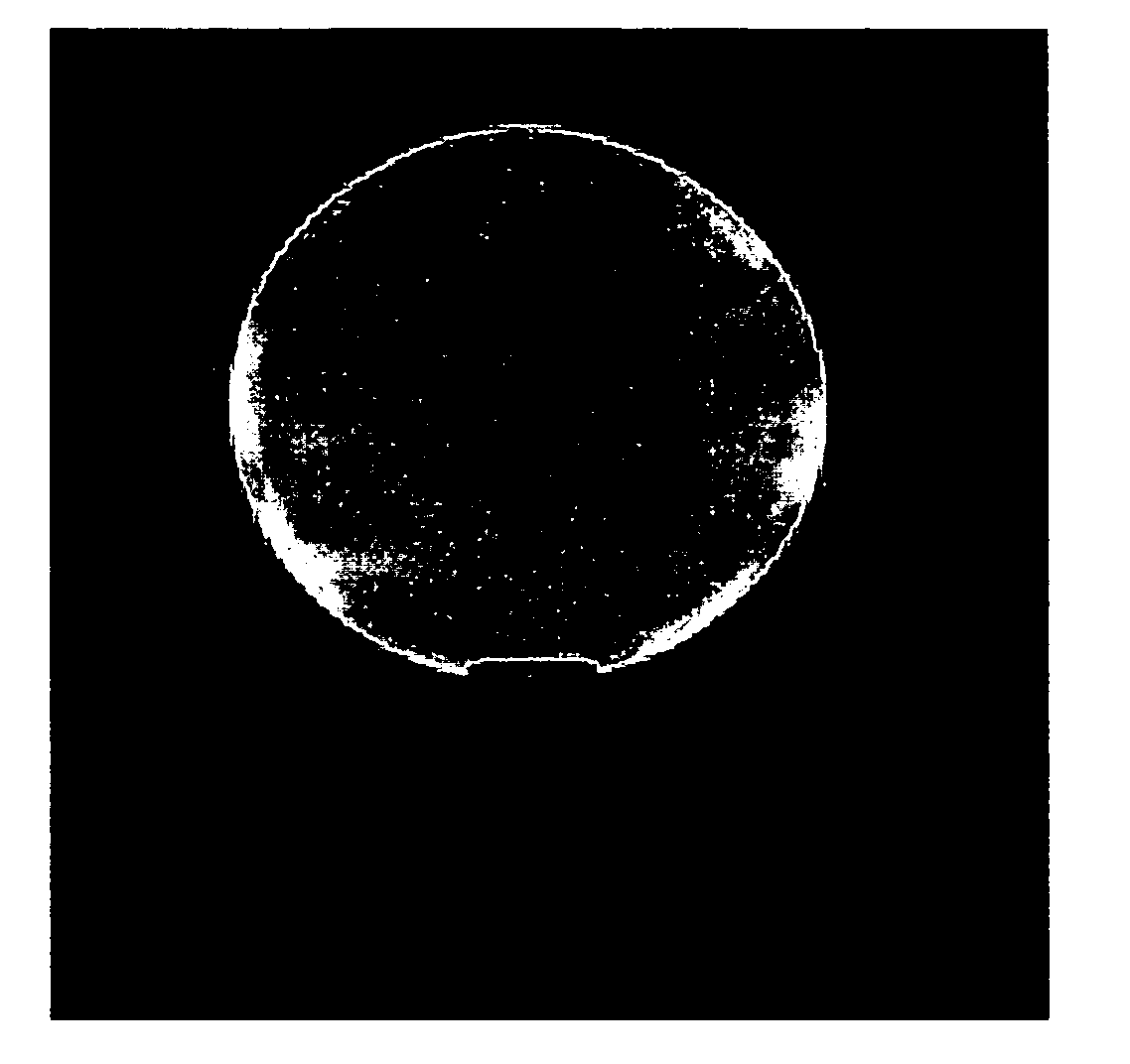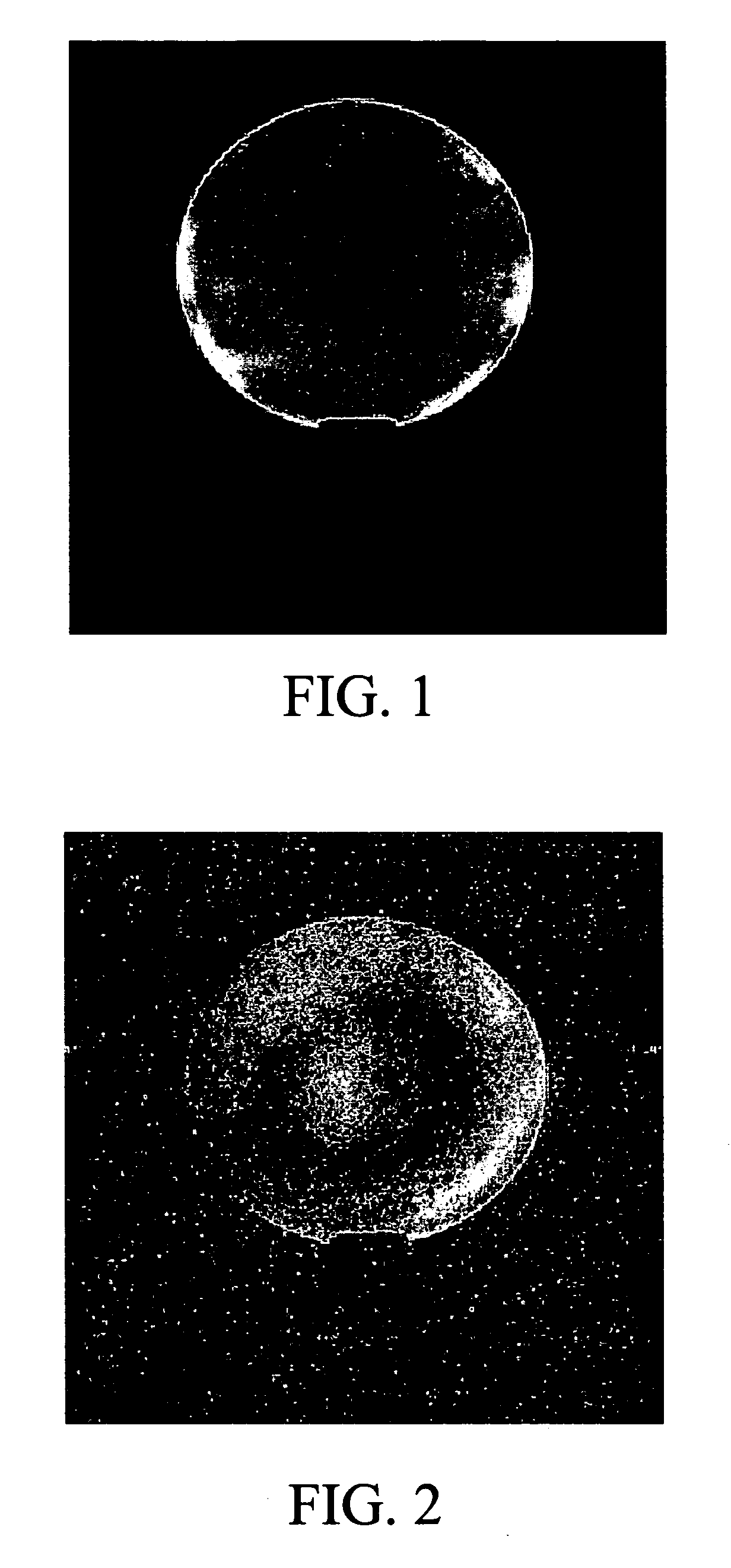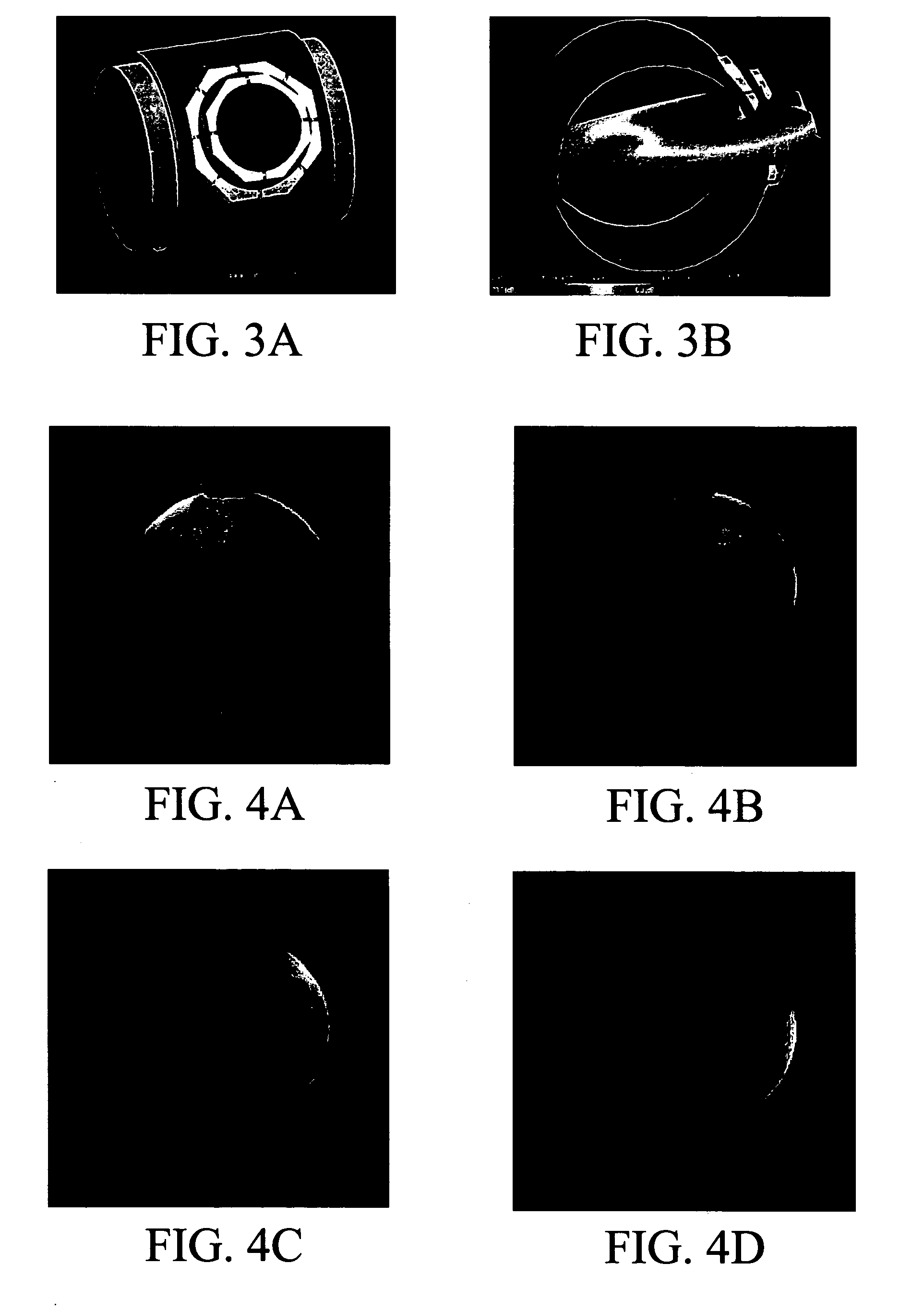Method and apparatus for serial array excitation for high field magnetic resonance imaging
a high-field magnetic resonance and serial array technology, applied in the field of serial array excitation for high-field magnetic resonance imaging, can solve the problems of poor homogeneity of transmit excitation in magnetic resonance imaging (mri) for samples the size of human torsos, inability to create the needed independence, and standard mri methods extended to this short wavelength regime have produced undesirable results
- Summary
- Abstract
- Description
- Claims
- Application Information
AI Technical Summary
Problems solved by technology
Method used
Image
Examples
example 1
[0035] A two-loop coil with canceling currents was tuned to 470 MHz. Adjustments were made in the simulator. The sensitivity profile was much “flatter” than a conventional surface coil and, therefore, it had better flip angles at depths within the field of view. A 2 liter bottle with brain equivalent solution was used as a phantom to take 8 images. Each image was made with the coil at a different location around the phantom, by rotating (by hand), the coil approximately 45 degrees between each image. The 8 images were added using a spectrometer, and a sum-of-squares reconstruction was performed as shown in FIG. 1.
example 2
[0036] In this experiment, a local field was produced that did not excite modal behavior across the entire volume, but had a field at the center of the volume that was of the same order of magnitude as the field at the surface of the volume. An optimized CRC coil was chosen for this purpose (Vaughan et al., Magn Reson Med, 46: 24-30 (2001); Beck et al., Magn Reson Med, 51: 1103-1107 (2004)). The CRC coil was placed on an acrylic cylinder having a 15.3 cm (6″) outer diameter. The outer loop had a diameter of 9 cm and the inner loop 6 cm. The inner loop was displaced vertically by 0.5 cm. The geometry is shown in FIG. 3A. The CRC was loaded with a large cylindrical phantom (2L bottle, diameter 12 cm, height 20 cm) containing a tissue equivalent solution (ε=48.6, σ=0.6 S / m @470 MHz). The CRC was simulated using Remcom's XFDTD, a finite difference time domain electromagnetic field simulator. The Yee-cell was 1 mm on a side, the simulation space 180×195×240 cells, and 20,000 time-steps o...
PUM
 Login to View More
Login to View More Abstract
Description
Claims
Application Information
 Login to View More
Login to View More - R&D
- Intellectual Property
- Life Sciences
- Materials
- Tech Scout
- Unparalleled Data Quality
- Higher Quality Content
- 60% Fewer Hallucinations
Browse by: Latest US Patents, China's latest patents, Technical Efficacy Thesaurus, Application Domain, Technology Topic, Popular Technical Reports.
© 2025 PatSnap. All rights reserved.Legal|Privacy policy|Modern Slavery Act Transparency Statement|Sitemap|About US| Contact US: help@patsnap.com



